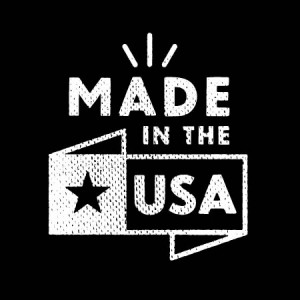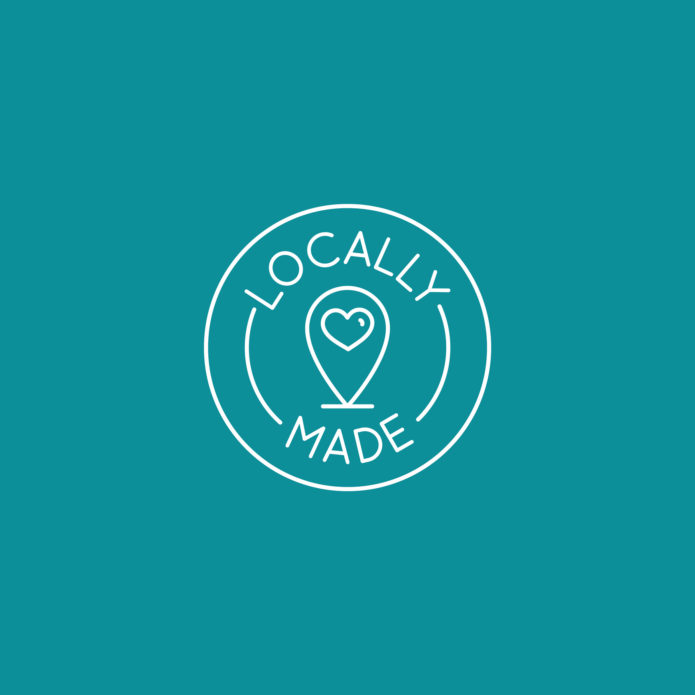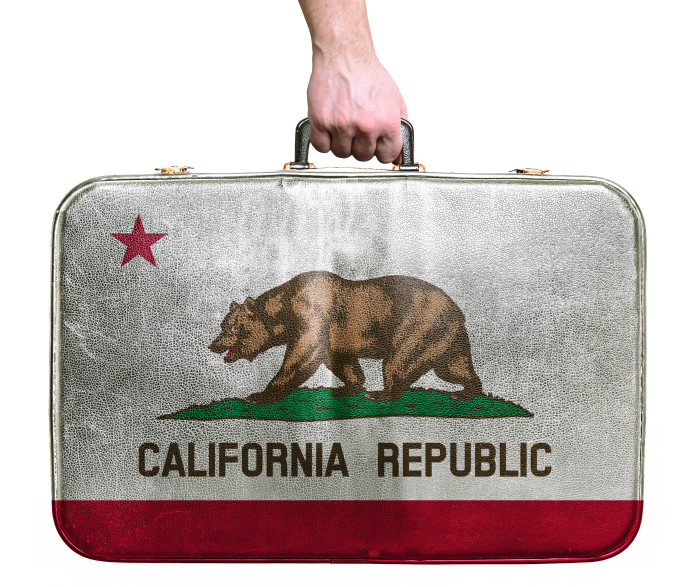Made in the USA
“Virtually All” Made in The USA Guidance

**Federal Trade Commission Staff Provide Guidance on Regulations Proscribing the “All or Virtually All” Standard for Made in the USA labeling** . . .
By: Brent E. Johnson
The Federal Trade Commission (FTC) has a role in regulating “Made in the USA” labeling. 15 U.S.C. § 45a. See prior post. Under FTC regulation if “virtually all” of a product is made in the United States, then it is permissible to use the Made in the USA label. 62 FR 63756-01 at pp. 63757, 63764–65. Unfortunately, this “virtually all standard” is vague – and the FTC has declined to come up with a bright line test for manufacturers. Id. The FTC’s Enforcement Policy Statement informs that in making a “virtually all” determination, the FTC will look at factors such as: (1) the portion of manufacturing costs attributable to foreign parts and processing; (2) whether the foreign parts and processing are significant to the final product; and (3) how far back in the manufacturing process the foreign content is. Even with this broad guidance, a case by case analysis is needed on “Made in the USA” labeling.
Fortunately, when the FTC closes an enforcement proceeding on a case, it often provides a closing letter to the target. Such a closing letter may contain an explanation of the findings of the investigation and the rationale for why the case was closed. A number of these FTC Closing Letters are available on the FTC website: https://www.ftc.gov/enforcement/cases-proceedings/closing-letters-and-other-public-statements/staff-closing-letters. Recent FTC Closing Letters regarding “Made in the USA” labeling have highlighted the importance of the second factor (see above) — whether foreign parts and processing are significant to the final product. With respect to Loctite glue made by the German multinational Henkel, the FTC looked at the cost and function of cyanoacrylate (an ingredient imported and added to the U.S. manufacturing of the glue). Because both the cost and function of cyanoacrylate were significant in the glue, the FTC decided that it was inappropriate for Henkel to use an unqualified “Made in the USA” label. A similar finding was made with respect to Gorilla Glue earlier this year. In another recent closing letter concerning the product Spray Pal (a cloth diaper cleaning device) that included a foreign-made clip used to fasten the diaper to the device, the FTC determined that, while the cost of the clip may be small relative to overall manufacturing costs, it nevertheless was essential to the function of the product. As such, an unqualified claim of “Made in USA” was not permissible. Companies need to be mindful that the FTC is not looking merely at the cost factor. If an inexpensive foreign component is integral to the design and function of the product, it may be significant enough to negate a claim of “Made in the USA.”
Made in the USA: In California
**California re-casts its labeling standards for “Made in the USA” labels – bringing it closer in line with Federal Trade Commission Regulations and the “Virtually All Standard” ** . . .
By: Brent E. Johnson
The California legislature has not been shy in being the outlier in consumer protection law. It’s Made in the USA statute is no exception. Since 1961, California has expressly prohibited the designation of products as “Made in the USA” or “Made in America” when the product or “any article, unit, or part thereof, has been entirely or substantially made, manufactured, or produced outside of the United States.” Cal. Bus. & Prof. Code § 17533.7 (emphasis added). Accordingly, to comply with California law, companies have had to ensure that every component of their products be made domestically – “down to the last screw.” Benson v. Kwikset Corp., 152 Cal. App. 4th 1254, 1285 (2007) (dissenting opinion). With diversified and international supply chains the norm, complying with this standard has been problematic if not impossible.
Under Federal law, the Federal Trade Commission (FTC) has power to regulate Made in the USA labeling. 15 U.S.C. § 45a. Notably, the FTC’s standard is not as strict as the California standard. Under FTC regulations, under the “virtually all standard” if almost all of the product is made in the United States, then it complies. 62 FR 63756-01 at pp. 63757, 63764–65. That is, negligible or early stage components of products assembled or processed in the United States do not offend the law. Id. California’s law had no similar latitude, meaning a product could comply with FTC regulations but still run afoul of California law.
This has been a significant irritant for consumer companies, requiring them to create multiple sets of labels – or more commonly – having to apply the higher California standard across all of their U.S. marketing and labeling. California courts have not been particularly sympathetic to this dissonance finding that at least hypothetically it is possible to comply with both laws simultaneously and, therefore, there is no federal preemption. See Clark v. Citizens of Humanity, LLC, No. 14-CV-1404 JLS WVG, 2015 WL 1600679, at *5 (S.D. Cal. Apr. 8, 2015). A bill currently before Congress, S. 1518., the “Reinforcing American-Made Products Act of 2015” proposes to clarify the impasse by specifically articulating that the federal government has complete control over country-of-origin labels and would specifically preempt all conflicting state standards.
California legislators have spoken first. Taking effect January 1, 2016, Senate Bill 633, will allow manufacturers to label a product as “Made in the USA” if the foreign made parts do not constitute more than 5% of the final value of the product (or 10% if the foreign parts are not available from a domestic source). Senate Bill 633, introduced by Senator Jerry Hill, a San Mateo Democrat, was signed into law on September 1, 2015. This change shifts California from its unique position on labeling and more closely aligns it with the labeling standards used by the Federal Trade Commission (“FTC”). There is not perfect alignment, however, and marketers selling products in California will still have to deal with different standards. Nevertheless, the California bright line test provides some welcome clarity.


